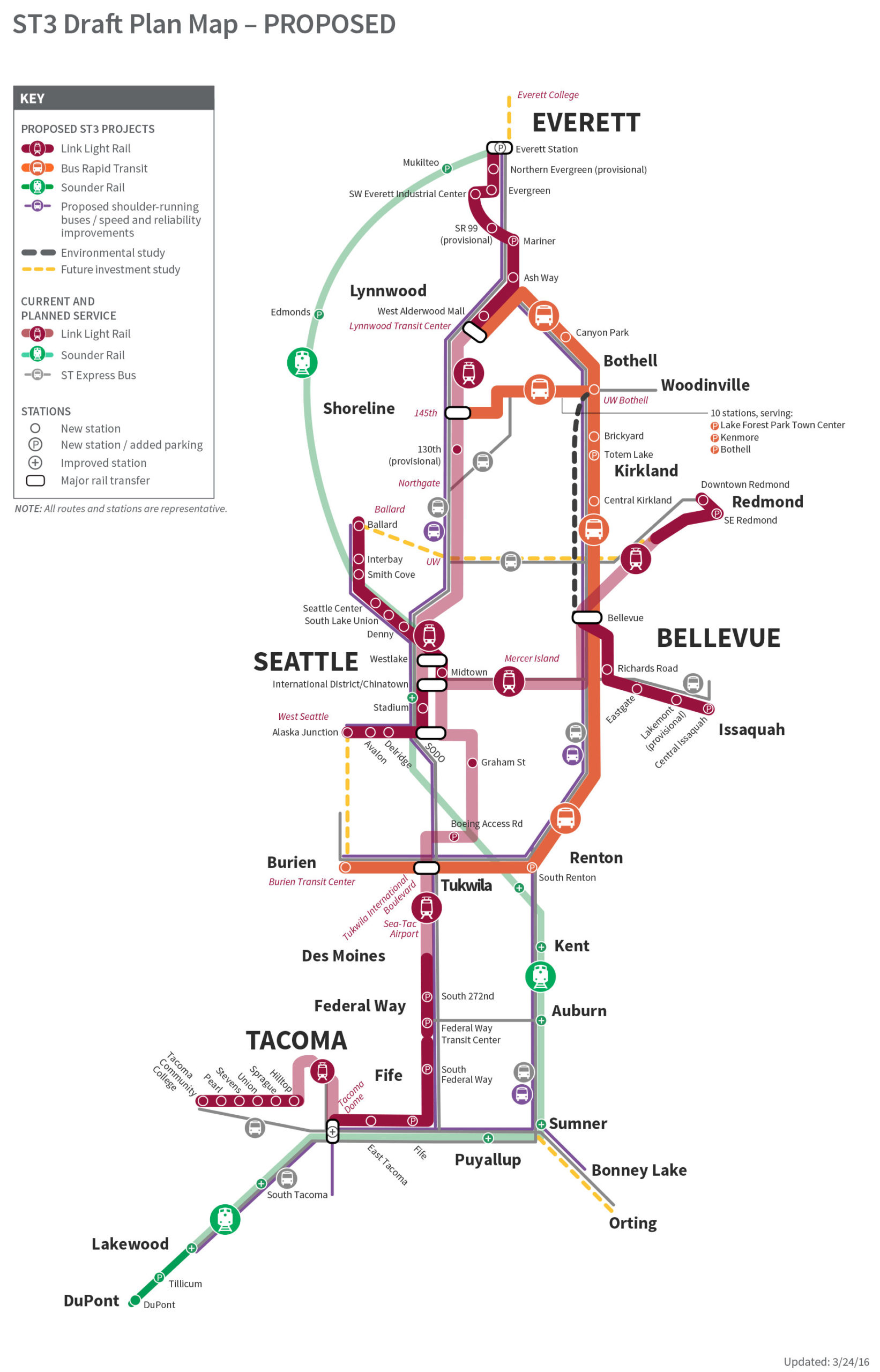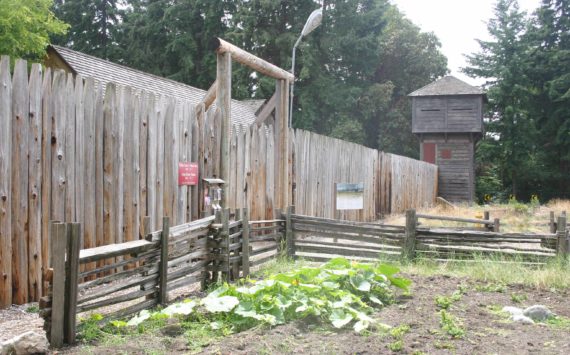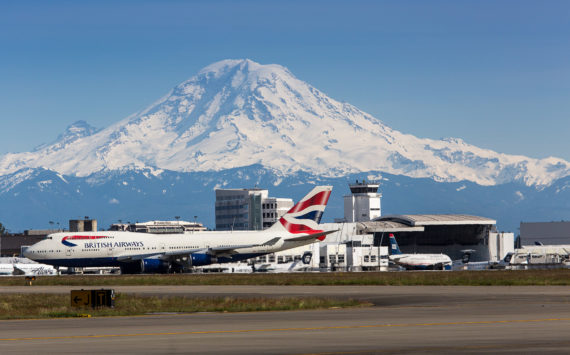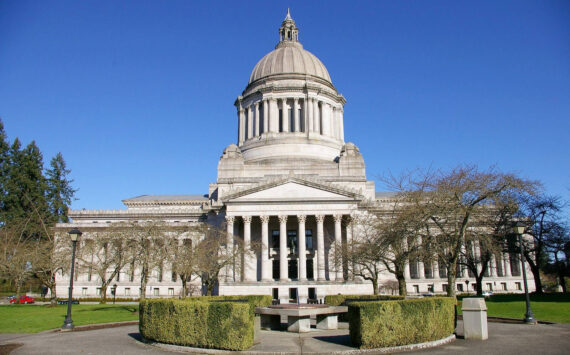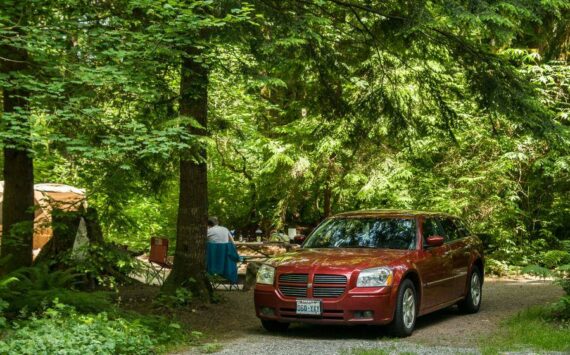

$54 billion tax proposal would bring Sound Transit rail to Tacoma, DuPont
The Sound Transit Board on Thursday capped more than 3 years of discussion and public input by unanimously voting to send voters a final Sound Transit 3 ballot measure for consideration in November. The plan’s proposals include completion of a regional light rail network as the area’s population grows an estimated 800,000 by 2040.
The ST3 plan would build a total of 62 miles of light rail with stations serving 37 additional areas. Improvements introduced following public comment on a draft plan in April would speed up most of the extensions by two to five years.
Light rail to Everett via Paine Field would open five years earlier than the draft plan released by the Board in March. Extensions to downtown Redmond and Federal Way would be completed four years sooner, while the Ballard, West Seattle and Tacoma extensions would open three years sooner. The agency would work with partners to further improve timelines where feasible.
If approved by voters in November, ST3 would also build light rail between South Kirkland, Bellevue and Issaquah, while expediting the establishment of bus rapid transit service on I-405 from Lynnwood to Burien and on SR 522, with faster buses running every 10 minutes during peak commute hours. The plan would expand the capacity of fast-growing Sounder commuter rail service linking Seattle, Tukwila, Kent, Auburn, Sumner, Puyallup, Tacoma and Lakewood, with extension of the line to reach Joint Base Lewis-McChord and DuPont. The Tacoma Link light rail line would extend from Hilltop to Tacoma Community College.
Among a number of other projects in the plan, early investments would include speeding up existing bus routes by enabling them to run on the shoulders of freeways where possible. Details of the plan are available at soundtransit3.org, including an interactive map. The detailed plan documents adopted by the Board today will soon be added to the documents library after amendments have been incorporated.
The ST3 Plan’s $53.8 billion in investments would be funded through new voter-approved sales, MVET and property taxes, with estimated additional $200 annual or $17 monthly costs for a typical adult in the Sound Transit District.
The plan adopted today proposes to replace bus routes with rail and faster and more frequent bus rapid transit services to improve travel for riders, particularly during peak-hour commutes.
If implemented, the ST3 Plan is projected to up to quintuple Sound Transit ridership from what it is today, increasing it from approximately 145,000 each weekday to between 561,000 and 695,000 daily riders in 2040. With ST3, the share of all transit travel in the region on Sound Transit rail lines will grow from 17 percent today to 69 percent in 2040. This means more than four times as much transit travel will occur on vehicles that don’t get stuck in traffic.
Today, Sound Transit’s express buses rely heavily on regional HOV lanes that are experiencing deteriorating performance. Between 2012 and 2014 alone, the Washington State Department of Transportation reported major deterioration of HOV lane travel times:
I-5 Everett to Seattle: weekday morning average HOV travel time increased 22 percent to 45 minutes. Reliable* HOV travel time increased 17 percent to 74 minutes.
I-5 Federal Way to Seattle: weekday morning average HOV lane travel time increased 18 percent to 39 minutes. Reliable* HOV travel time increased 20 percent to 55 minutes.
I-405 Lynnwood to Bellevue: weekday morning average HOV lane travel time increased 23 percent to 27 minutes. Reliable* HOV lane travel time increased 30 percent to 39 minutes.
I-405 Tukwila to Bellevue: weekday morning average HOV lane travel time increased 38 percent to 22 minutes. Reliable* HOV lane travel time increased 65 percent to 33 minutes.
*-Defined as the time allowance required to arrive on time 19 out of 20 times.
The final ST3 Plan is based on extensive public input. An online survey generated nearly 35,000 responses and more than 1,200 people attended seven open houses held across the region. The agency received a total of 2,320 written comments from individuals and more than 90 letters from jurisdictions and organizations. By far the most frequent theme was interest in completing projects more quickly.
In a phone survey that Sound Transit conducted in April, 65 percent of respondents stated they strongly (30 percent) or somewhat (36 percent) supported the ST3 draft package in a question that described the associated tax increases. Following a question describing the plan’s previously proposed project timelines, 59 percent of respondents strongly (24 percent) or somewhat (35 percent) supported the draft package. The soundtransit3.org website includes a presentation summarizing the public input and phone survey.
— Sound Transit
